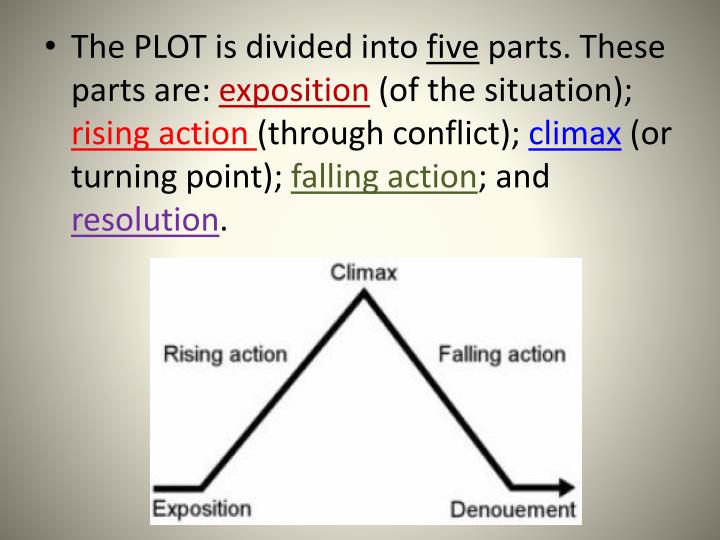

Brandon never stole another sandwich again.

Sure enough, at lunch, Brandon’s eyes began watering and he asked her, “What did you do to this sandwich?” “Teach you a lesson!” she replied.

To teach him a lesson, she loaded hers with hot sauce. Kim was angry at her brother Brandon for stealing her peanut butter and jelly sandwiches from the fridge before school. The resolution allows a story to end without trailing off or leaving the reader confused or unsatisfied.įor examples of resolution, consider the short stories below. Resolution: Also known as the denouement, the resolution is when conflicts are resolved and the story concludes.Falling Action: The story begins to slow down and work towards its end, tying up loose ends of the plot.The most action, drama, change, and excitement occurs here. Climax: At the peak of the story, the main event occurs in which the main character faces the conflict.Rising Action: The main character is in crisis and events leading up to facing the conflict begin to unfold.Exposition: At the beginning of the story, characters, setting, and the main conflict are typically introduced.General plot structures are arranged as follows: The resolution is the last of the five main elements of plot. It’s where any unanswered questions are answered, or “loose ends are tied.” Interestingly the phrase denouement comes from the French word dénouement meaning “to untie.” A story with a complete ending is said to have a strong resolution. The resolution, also known as the denouement, is the conclusion of the story’s plot.


 0 kommentar(er)
0 kommentar(er)
